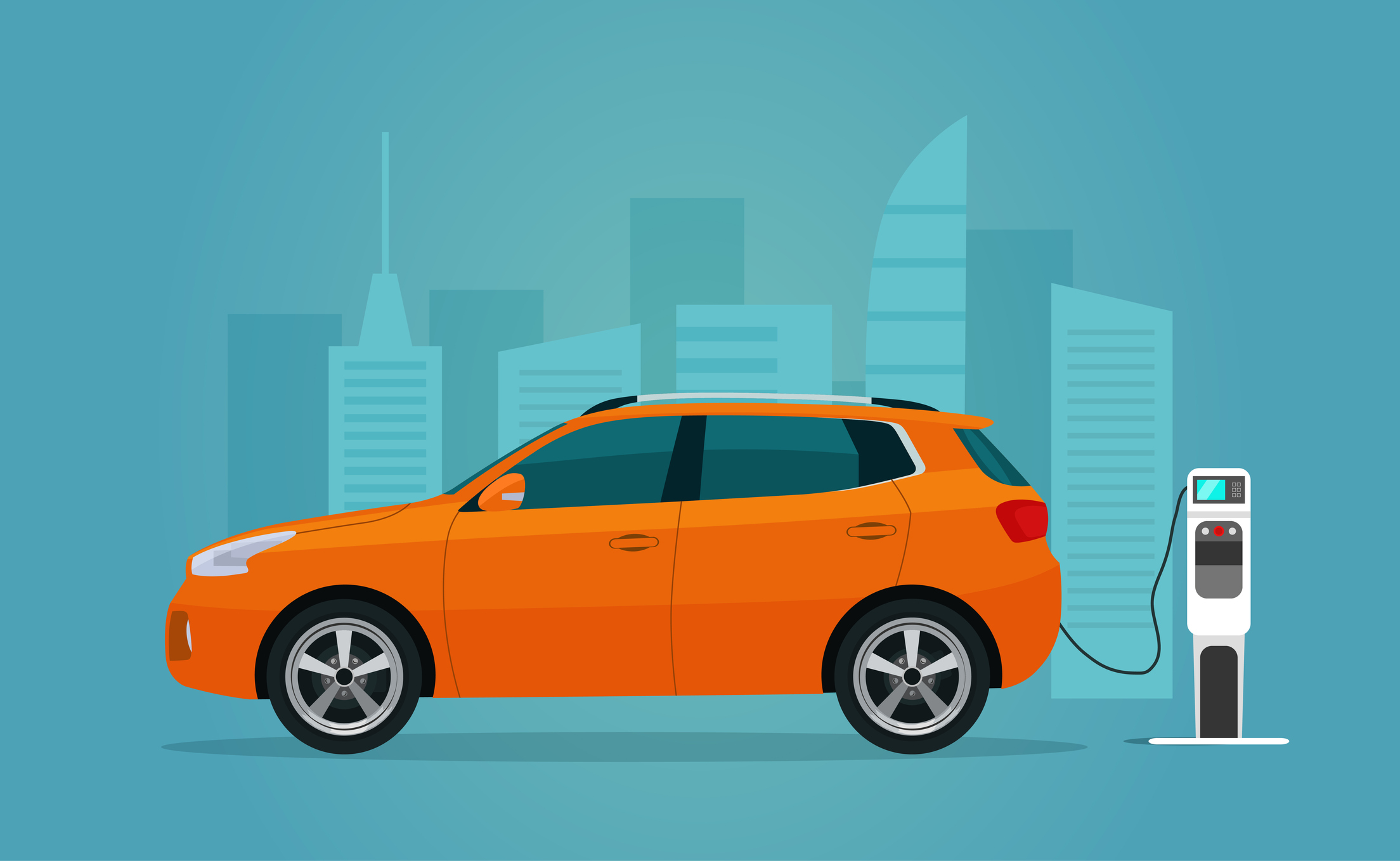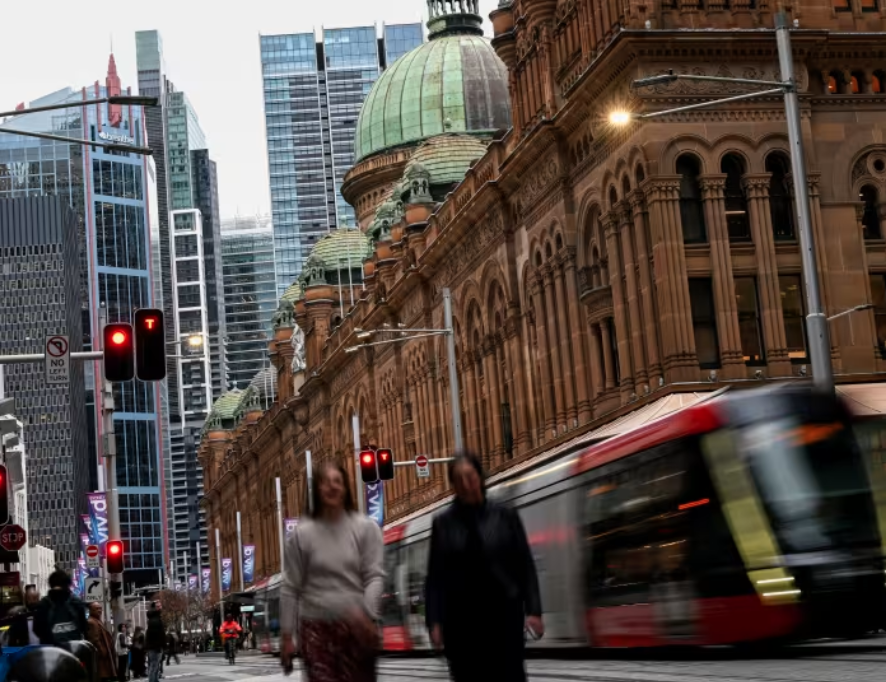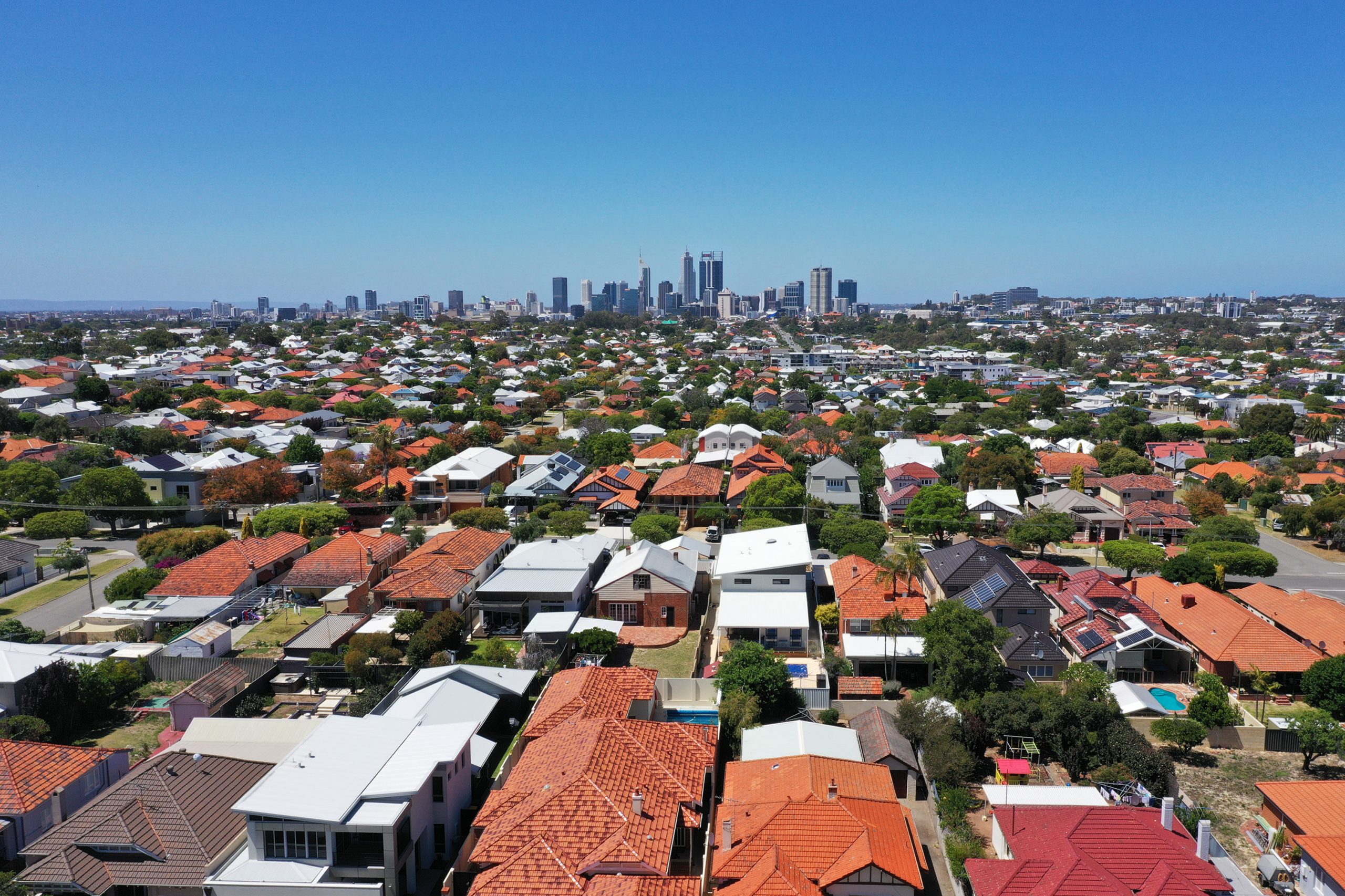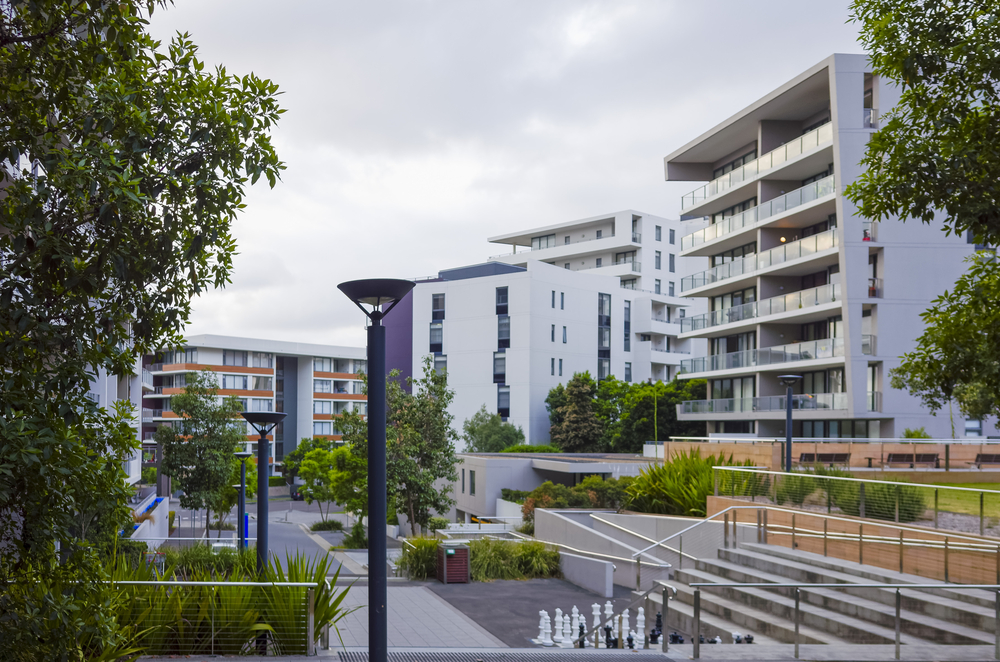Next to Tesla, Plug-In Hybrids Are an Illusion of Eco-Consciousness
Plug-in hybrid electric vehicles often have short electric ranges and do little to improve overall fuel efficiency.
AS I WAS RAGING NORTH toward Switzerland in the 735kW Ferrari SF90 Stradale in July, I was feeling pretty good about myself. After all, I was saving the Earth.
The Stradale is a plug-in hybrid electric vehicle (PHEV)—powered by a twin-turbo V8 (about 581kW) assisted by three electric motors and a lithium-ion battery pack. The idea is that Juan-Philippe Cliente, or his manservant, will plug in the Ferrari at night so that it may provide electric-only driving range in the morning. Notionally, the Stradale’s hybrid design will allow it to operate in European cities’ low-emission zones.
With its battery fully charged (7.9 kWH), the Stradale can achieve admirable efficiency of 4.6l per 100km, according to the EPA. But penny-pinchers need to check the fine print. That applies only to the first 13km. Practically within sight of my hotel in Maranello, Italy, the Stradale had devolved into its baser, grumbling, petrol-powered nature—albeit with a kind of Prius-of-the-gods electric torque assist.
Thirteen kilometres.
The Stradale has plenty of company in Crazytown. The PHEV version of the Bentley Bentayga can waft silently only about 29km, officially; the Jeep Wrangler 4xe, 33. Porsche Cayenne E-Hybrid, 27. These short electric legs—combined with powerful internal combustion (IC) engines—do almost nothing to improve overall fuel efficiency. Why do manufacturers even bother?
Like most PHEVs—only slightly more so—the Stradale is a compliance baby, with a powertrain designed to meet soaring vehicle emissions/consumption requirements in major vehicle markets, using de minimis electrical systems added to IC powertrains. In some respects PHEVs are a technical echo of a time not long ago—2010—when such machines were being showered with public money and held to wildly unrigorous standards.
To cite but one notorious example: The Stradale (US$663,623, as tested) qualifies for $3,501 in public money meant to encourage reduced consumption. Thirteen kilometres.
That party is about to be over. Under the Biden administration, new federal PHEV standards are expected to be more “robust,” in the gentle lingo of policy makers.
How robust? In many respects the California Air Resources Board (CARB)—with authority to set its own vehicle emission standards and penalize offending automakers—is already there. For example, the state has a price cap of $60,000 for qualifying vehicles in the state’s Clean Vehicle Rebate Project. As of April 6, 2021, qualifying PHEVs must also achieve a minimum 48km of EPA-measured electric range to qualify for the Clean Vehicle Rebate Project tax credit. By dint of this one rule change, California buyers of more than a dozen new PHEV vehicles, from Bentleys to Volvos, no longer qualify.
Sacramento is now drafting the state’s Advanced Clean Car II language, applying to model-year vehicles beyond 2025. Qualifying PHEVs might then need to deliver a proposed 80km of all-electric range. The state may also put a 15% cap on what are called “historical” PHEV credits claimed by a manufacturer.
What comes next is a fight over standards and timetables, credits and penalties. Mercedes-Benz, GM, Toyota and Stellantis NV, to name four big pickup/SUV players in the U.S., need PHEVs to contribute to their bottom-line Corporate Average Fuel Economy (CAFE) and other emissions targets for the balance of the decade. They will also need consumer-facing tax credits because, with two power systems aboard, PHEVs typically cost several thousand dollars more than a conventional vehicle.
You might be wondering how it all could have gone so wrong for PHEV, a powertrain architecture that once seemed so logical as to be inevitable? In brief, there are two kinds of PHEVs: short-range and long-range. PHEVs with more than about 37 miles of EV range—like the Chevrolet Volt (2011-2019)—do meaningfully displace petrol-driven kilometres, reduce emissions and save consumers money, according to a 2019 report by UC Davis International EV Policy Council.
But short-range PHEVs—the vast preponderance on the market—don’t, except in limited conditions. Why? It’s behavioural. Studies show that the shorter a vehicle’s all-EV range, the less likely owners are to bother charging overnight. And, when owners don’t charge overnight, PHEVs calculations of efficiency go upside down in the morning. Actually, a short-range PHEV with a flat battery is lugging around a lot of useless weight.
Charging PHEVS on the go can also be comically difficult since few are capable of fast-charging.
PHEVs may yet have a bigger problem: NOX, or nitrous oxide, a hazardous smog-forming product of combustion. At a workshop in May, CARB officials raised concerns about PHEVs’ excessive NOX emissions during full-power cold starts, as when an IC engine kicks on after a period of electric driving. One probable explanation: Emission-scrubbing catalytic converters in exhaust systems only work after they are well heated by the exhaust stream, typically requiring 20 seconds or so. It’s most cars’ dirtiest seconds; PHEVs often spend them with wide-open throttles.
In November the environmental pressure group Transport & Environment published a study of the emissions of the popular BMW X5, Mitsubishi Outlander, and Volvo XC60 plugins. The study observed that, even with a fully charged battery and in optimal conditions, the emissions of these vehicles were 28-89% higher than the official value. In cases when the battery went flat, emissions jumped three to eight times higher than listed. And, as when a PHEV runs the petrol engine hard to charge the battery, the report says emissions were up to 12 times higher.
In a preamble to the report, Julia Poliscanova, senior director for vehicles and e-mobility at T&E, blasted the EU’s incentives for PHEVs and raised the spectre of emissions scandals past. “Plug-in hybrids are fake electric cars, built for lab tests and tax breaks, not real driving.”
Wait. Me first. PHEV-ilgate? That’s not right. PHEVigate? Pffffevul-gate?
The dangers of misrepresentation and misunderstanding are real. Consumers unclear on the difference between a fuel-electric hybrid (like a Toyota Prius) and a plug-in electric vehicle, might not even know to plug their cars in. Imagine the Stradale owner when it dawns on him it’s not 4.6l/100km all the time.
The manservant better have some answers.
Reprinted by permission of The Wall Street Journal, Copyright 2021 Dow Jones & Company. Inc. All Rights Reserved Worldwide. Original date of publication: September 3, 2021
 Copyright 2020, Dow Jones & Company, Inc. All Rights Reserved Worldwide. LEARN MORE
Copyright 2020, Dow Jones & Company, Inc. All Rights Reserved Worldwide. LEARN MORE
This stylish family home combines a classic palette and finishes with a flexible floorplan
Just 55 minutes from Sydney, make this your creative getaway located in the majestic Hawkesbury region.
Excluding the Covid-19 pandemic period, annual growth was the lowest since 1992
Australia’s commodity-rich economy recorded its weakest growth momentum since the early 1990s in the second quarter, as consumers and businesses continued to feel the impact of high interest rates, with little expectation of a reprieve from the Reserve Bank of Australia in the near term.
The economy grew 0.2% in the second quarter from the first, with annual growth running at 1.0%, the Australian Bureau of Statistics said Wednesday. The results were in line with market expectations.
It was the 11th consecutive quarter of growth, although the economy slowed sharply over the year to June 30, the ABS said.
Excluding the Covid-19 pandemic period, annual growth was the lowest since 1992, the year that included a gradual recovery from a recession in 1991.
The economy remained in a deep per capita recession, with gross domestic product per capita falling 0.4% from the previous quarter, a sixth consecutive quarterly fall, the ABS said.
A big area of weakness in the economy was household spending, which fell 0.2% from the first quarter, detracting 0.1 percentage point from GDP growth.
On a yearly basis, consumption growth came in at just 0.5% in the second quarter, well below the 1.1% figure the RBA had expected, and was broad-based.
The soft growth report comes as the RBA continues to warn that inflation remains stubbornly high, ruling out near-term interest-rate cuts.
RBA Gov. Michele Bullock said last month that near-term rate cuts aren’t being considered.
Money markets have priced in a cut at the end of this year, while most economists expect that the RBA will stand pat until early 2025.
Treasurer Jim Chalmers has warned this week that high interest rates are “smashing the economy.”
Still, with income tax cuts delivered at the start of July, there are some expectations that consumers will be in a better position to spend in the third quarter, reviving the economy to some degree.
“Output has now grown at 0.2% for three consecutive quarters now. That leaves little doubt that the economy is growing well below potential,” said Abhijit Surya, economist at Capital Economics.
“But if activity does continue to disappoint, the RBA could well cut interest rates sooner,” Surya added.
Government spending rose 1.4% over the quarter, due in part to strength in social-benefits programs for health services, the ABS said.
This stylish family home combines a classic palette and finishes with a flexible floorplan
Just 55 minutes from Sydney, make this your creative getaway located in the majestic Hawkesbury region.






















